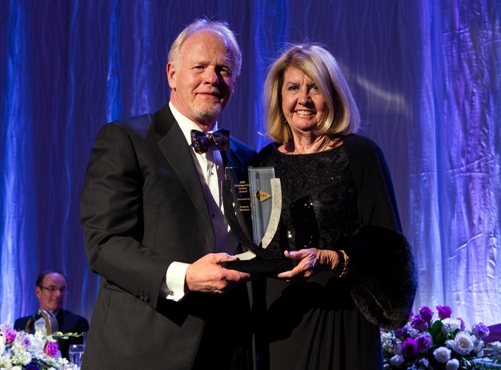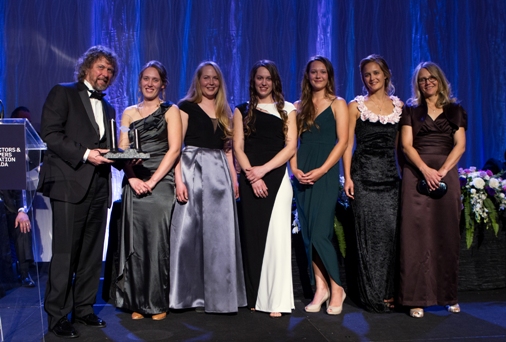http://www.cbc.ca/news/canada/thunder-bay/
KWG creates video featuring young women in bikinis to promote Ring of Fire mining development
An Ontario mining company’s use of young women in bikinis to promote the Ring of Fire mineral deposit is proof the development is off course, according to environmental group Wildlands League.
The exploration company, KWG Resources, published a one-minute video on its YouTube channel last week featuring two young women sharing “five facts” about the Ring of Fire.
Each fact comes with a change in scenery for the women who are dressed in bikini tops and cut-off shorts. In one scene, a woman identified only as Ashley sits on a swing and says: “First Nations is [sic] interested in sharing in the resources of Ontario’s Ring of Fire.”
In another scene, Ashley strides through the bush towards a tree, saying: “Tony Clement said the Ring of Fire would bring a hundred years of mining activity, spinning off jobs for generations.”

























